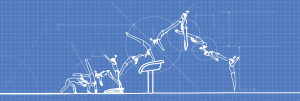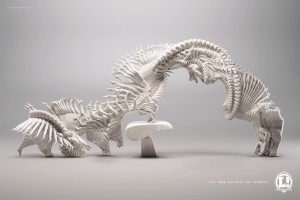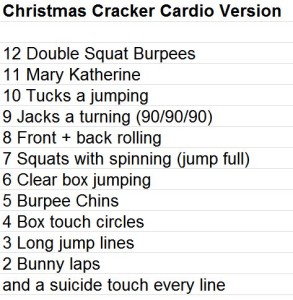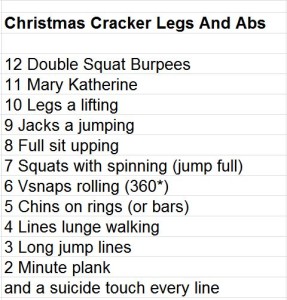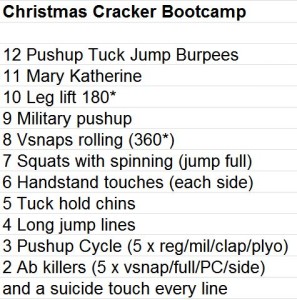 So it’s been a few coaching sessions since I finished my level 3 course and I can honestly say that it has changed the way I am coaching. Not only am I more aware of the shaping that we have been working on all year but more so the effect that shaping has on the forces created and returned during skills. I find myself able to explain some things easier to the kids due to the simple explanations Bill gave during the excellent sessions. My biggest takeaways from the course may be standard, may be a bit odd but have struck me as the following (off the top of my head):
So it’s been a few coaching sessions since I finished my level 3 course and I can honestly say that it has changed the way I am coaching. Not only am I more aware of the shaping that we have been working on all year but more so the effect that shaping has on the forces created and returned during skills. I find myself able to explain some things easier to the kids due to the simple explanations Bill gave during the excellent sessions. My biggest takeaways from the course may be standard, may be a bit odd but have struck me as the following (off the top of my head):
The higher level athlete needs more coaching, not less. This was a real eye opener since we seem to give these advanced kids much more alone time to work on their skills and complete their programming.
At the minimum, you should understand the forces at play in all directions before you try to troubleshoot a broken or inadequate skill. I have been saying things as corrections for a long time without actually reverse-engineering the explanation to discover what it is that I am actually correcting. This will give you not one stick to beat a skill with but rather a quiver of arrows with which to pinpoint the exact issue.
Spotting is helpful for the athlete and the coach but the same as everything else has to have a progression and a completion.
Use progressions to save time. Doing progressions may seem like an extended route to a destination but in the end the more solid the foundation of the skill, the better it will be and the more likely the athlete is to reinforce it as time goes on.
Outside of physical / mechanical direction your best tool is trust. Build trust by showing knowledge and a capacity to adapt to your athletes. A trusting athlete is a happy and competent athlete.
Sweat the small stuff, and yes, it’s all small stuff. Gymnastics is a sport of miniscule differences and teaching the gross movements well will enable you to spend adequate time on programming for the finer details that make the difference between a good routine and a great routine.
On the personal front my back has mostly recovered from my scary episode in the hotel 13 days ago and although I have been back to the gym a couple of times for the most part I have been taking it easy in my home gym rather than limp around LA Fitness. I am very disappointed that it happened, and am still at a loss as to why, I just know that I was sore for a couple of weeks before hand so I should have seen it coming I suppose.
Related, I was supposed to start my cut a few weeks ago but postponed it so I could join in the Biggest Loser program I am running at work. If I win, which I should I will use the money to treat the other participants because to be honest I am far more prepared for what is to come than any of them.
It’s Good Friday tomorrow, I weighed in on Monday at 248 at work with my clothes on and I will be taking pictures and logging my weight to show how I look going from 245lbs of bulk to the 220 after the cut. I am interested to have some really good comparison pictures so I will try to take a comprehensive amount.
